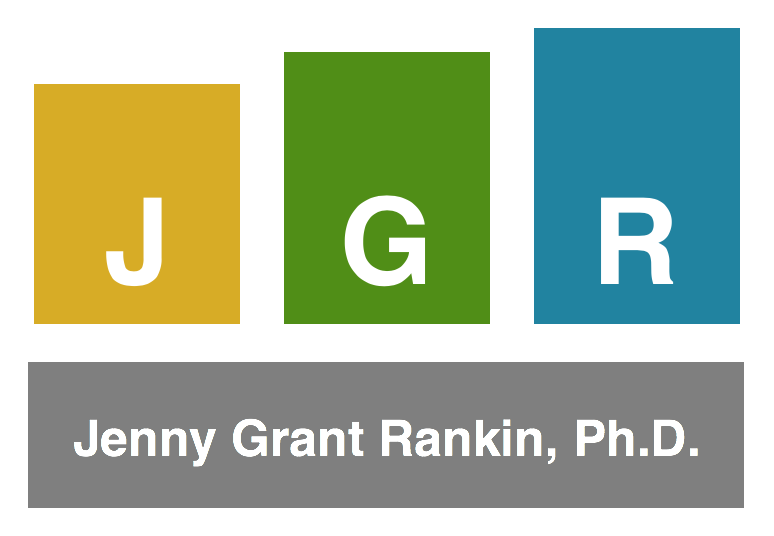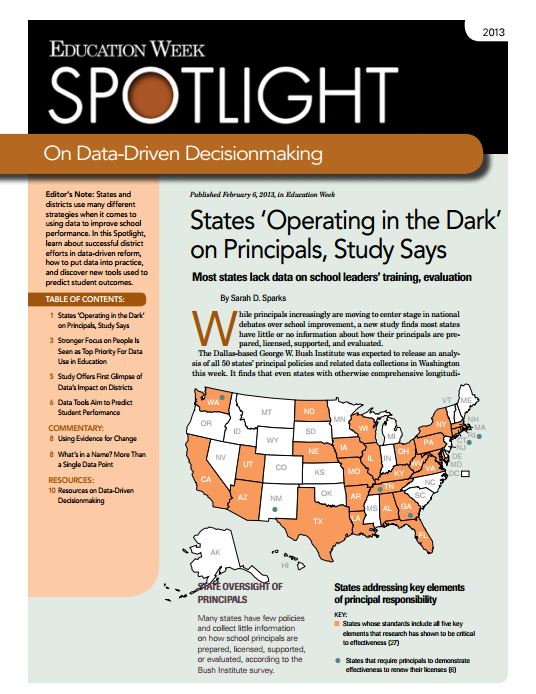SAS just put out a new whitepaper, How Districts Use Data to Drive Proactive Decisions: Benefits and Best Practices for Creating a Data-Rich Culture (SAS, 2013), coinciding with a free Education Week chat today, March 29, 2013: Delivering Data to Improve Schools. As a means of improving data use, the whitepaper focused primarily on the need to use diverse sources of data to draw timely analyses throughout each school year, and on the type of district culture necessary to make this happen. These points transitioned into an example of how the SAS system is working well at a large school district. SAS pulls data from multiple systems a district is using (in cases where a district doesn’t have a single system that “does it all,” as Illuminate Education is known for bringing to the ed-tech market). The paper touched only lightly on aspects related to over-the-counter data (OTCD) in the area of Package/Design (OTCD assumptions like a user-friendly interface), but was a bit more explicit on OTCD needs when discussing Content (e.g., audience-specific dashboards and reports serving a variety of specific needs).
Today’s discussion more directly acknowledged the role of a data system’s design in educators’ data use, which are elements OTCD asks of data systems after they have the basics covered (the basics being things like unique student IDs and timely access for all users – things long-accepted but nonetheless dominating most ed. conversations concerning data systems).When asked what data system features are most important in delivering data for school improvement, Laura Hansen, Director for Information Management & Decision Support at Metro Nashville Public Schools, noted 3 areas, with 1 being the need to show relevant data in an understandable way, adding, “data visualization is extremely important.”
I was glad to see Hansen call attention to this important aspect of OTCD (Package/Design and Content), and also to note the strategy of enlisting online resources for PD (in OTCD, this would be delivered via the Help System). I was also thrilled to see Paige Kowalski, Director of State Policy for the Data Quality Campaign, talk about data literacy and note, “now it's time to focus on how educators can use (and not misuse) data.” Kowalski talked more about the types of reports needed (e.g., early warning systems / predictive analytics), which hits OTCD's Content area, and Hansen noted how the reports they use are always improving. That last comments hits one of the driving factors behind OTCD: that data systems and reports need to improve.
















